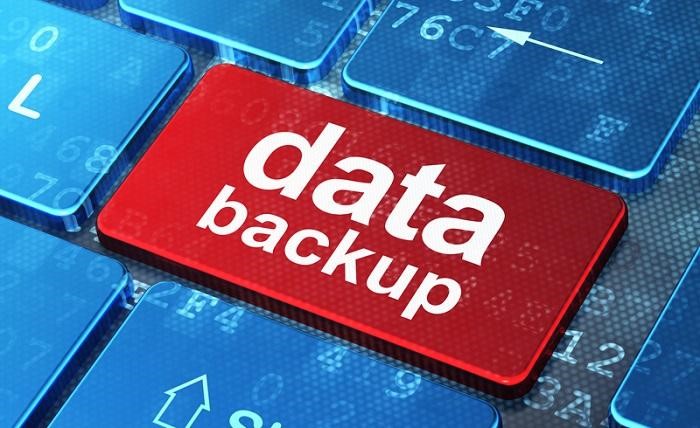Data backup refers to copying files or archiving virtual files or databases to a different place for preservation, to restore them in case of loss of the original data.
Why Data Backup?
Data loss can be occasioned by many factors, some which are beyond human ability to prevent. Some of the factors are computer viruses, fire, floods, and hardware damage among others.
Stored data may be financial records, customer information, music files, pictures, etc. Losing such data may be hard to replace, and that’s where data recovery plan comes in handy.
What is a disaster recovery plan?
Unplanned incidents require to come up with a structured approach for responding to such cases. It involves an analysis of business processes and its needs. The best recovery plan will evaluate risks and set goals that enhance business continuity.
Before moving further, there are three words connected with data backup namely;
- Back-up-a duplicate copy usually retrievable in the event of loss or damage.
- Restore-To copy back the backed up data to its original location.
- Backup media- can be another recordable media (another computer, floppy disk, DVD etc.)
If you are responsible for handling business data, you should consider the following as part of your back up plan.
- What data (files and folders) to backup
- What compression method to apply
- How often to run backups
- What type of backups should you run
- What kind of media to store the backups
1. What Data Should I Back Up
Firstly, you should consider backing up data that can’t be replaced with ease. Word-processed documents, spreadsheets, financial data, customers databases, etc. are among the files which should receive priority in a backup.
Mostly, data managers don’t back up programs and folders. Reason being, programs will need reinstalling before running them, while folders can be retrieved from the operating system installation Disk.
This calls for the safe storage of system disks, operating system disks, and registration information and registration information. You should save all install files for your downloaded applications whenever possible.
2. What Compression Method To Apply
You should choose the best method for your compression to ensure your zip is as small as possible. Notably, some files such as music files, video and install files are already pre-compressed and may not compress any further. With such data, you just choose superfast or no compression method during data backup.
3. How Often To Run Back Ups
The frequency to run backups depends entirely on how often the data changes. For data that changes frequently, it may call for daily/hourly backups. If your business data changes every few days or weeks, you may need to backup weekly or monthly. For other data, you may need to run the backup immediately you make changes.
A disaster recovery plan template can be of great help in scheduling your backups to run periodically at specific times.
4. What Type Of Backups To Run
Back up applications have offered many types of backups. The most used backup types are the Full backup, Incremental, and Differential backup. Others include synthetic full back up, mirroring revere backup, and continuous data protection.
- Full backups. This is the most complete and basic type of backup. Just like the name suggests, this backup type copies all data to a backup media. One advantage of this backup type is that it stores all data in one set of media, hence minimal time to perform restore. It has only one disadvantage, that of taking long to perform the backup.
They are performed periodically, and may also be combined with other back up types.
- Incremental backup. This involves copying data that has changed since the last backup. That’s why it is often run as desired to back up the frequent changes. Since incremental backup copies small data, it takes relatively little time to back up.
- Differential backup. Differential backup copies all data changed from the previous backup, for the first time. On a subsequent run, it will save only data that was adapted from that last full backup. It requires more time to complete, compared to the incremental backup, but less than the Full backup.
5. What Kind Of Media Should I Use
Deciding what media to use depends on many factors, ranging from the size of data, Data security, accessibility, and the effectiveness of backup media. The most commonly used media is an additional hard drive, external hard drive, optical disks, and flash disks.
Cloud storage is also one of the best backup media. With the fast internet connection, some companies (such as Amazon) are offering to store our data in their data-centres. Using specially designed software, users can now automatically encrypt and upload their data for safekeeping.
Cloud storage is mostly recommended because it has virtually unlimited backup capacities with an automated backup process. The backup is stored off-site, and this means it’s safe for those who whose their data security takes priority.
Data backup can be a technical topic which to some extent may require IT advice. In case you can’t afford IT services, you may still find additional valuable information online for free.






